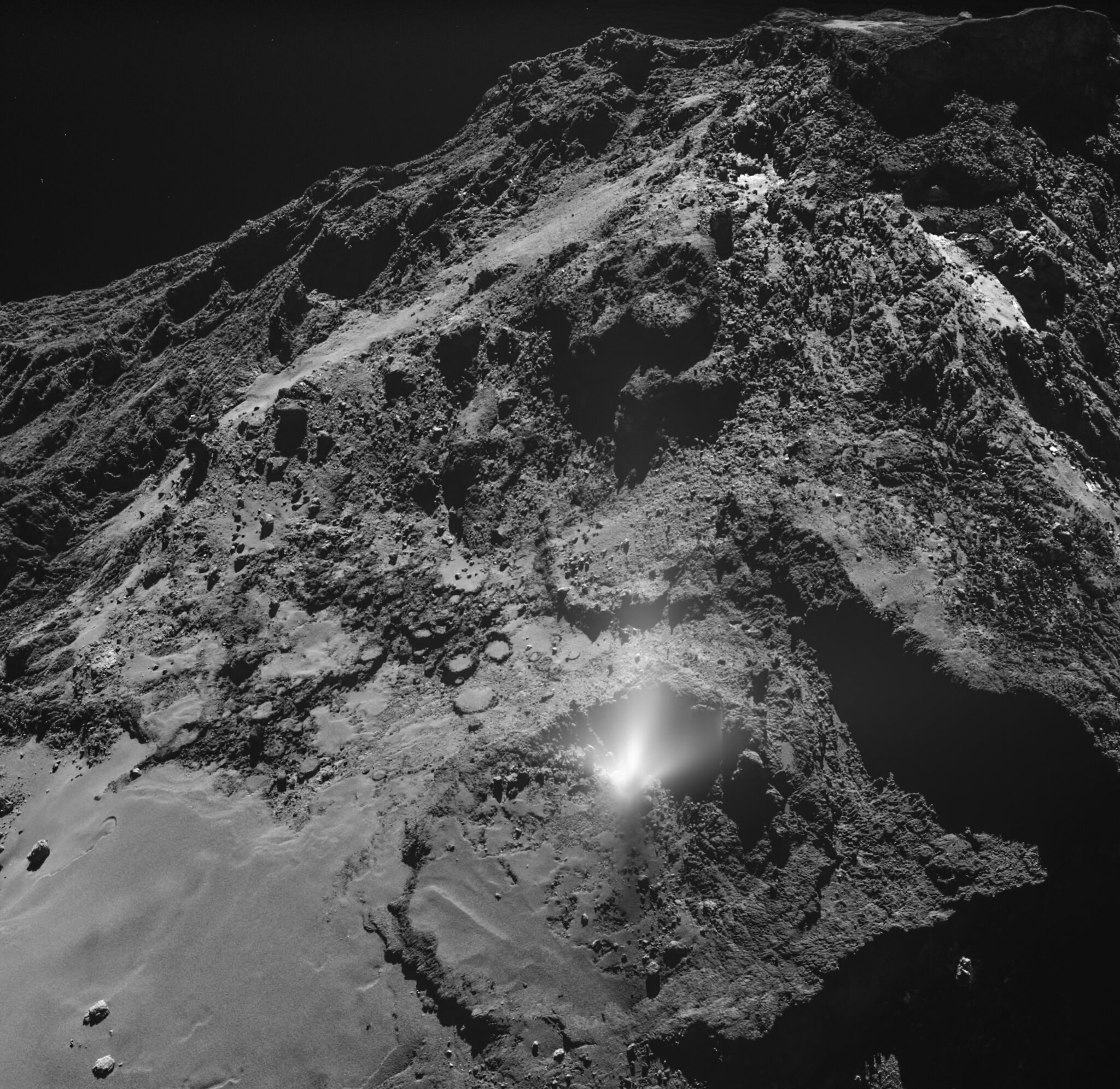
More than 30 years ago, the European comet mission Giotto flew past Halley’s comet. The Bernese ion mass spectrometer IMS, led by Prof. em. Hans Balsiger, was on board. A key finding from the measurements taken by this instrument was that there appeared to be a lack of nitrogen in Halley’s coma – the nebulous covering of comets which forms when a comet passes close to the sun...
Read More





Recent Comments